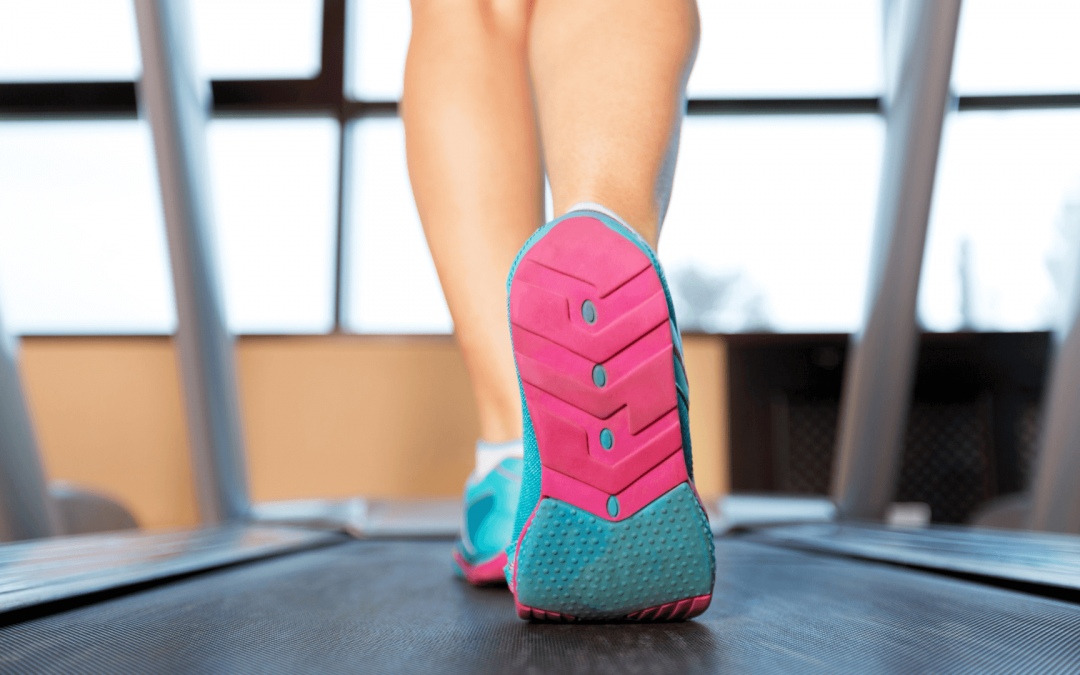Getting back moving and exercising after a back injury can be a daunting task. You can worry about all manner of things; symptoms exacerbating, injury re-occurrence and further deterioration of your injury. It is not just about returning to exercise and moving; but also returning to work, returning to social activities and normal routine that is a task in itself when recovering.
Pain is a multi-factorial process, and must be looked at in a number of ways. “Getting back to normal” is something I hear all the time in practice and this ‘normal’ is different for everyone.
In this post, I am just going to talk about how to get moving, but don’t underestimate the power and importance of suffering from any depressive or anxious state, or of having a well rounded social scene, the need for quality sleep or a diet that is deficient in its nutrition. They all warrant attention.
As Osteopaths, we look first hand at ailments of the musculo-skeletal system and getting our patients back to normal through exercise and manual treatment. A combination can really help to improve current symptoms and promote a longer term understanding of dealing with injury.
Gentle exercise can go a long way to making you feel more confident in getting back to ‘normal’ and reducing your symptoms. If any of the following exercises create un-ease or you’re unsure about, consult a health practitioner to guide you.
1) Onto your hands and knees (preferably on the floor), slowly rounding your back into a ‘C’ shape and slowly returning back to a neutral position. This can be repeated several times.
2) Lying flat on your back (preferably on the floor, but a bed will do if supportive enough). Knees are bent with feet planted, slowly twist the knees to one side like a windscreen wiper, and then back to the opposite direction. Keep it slow, and controlled. Only go as far as you feel comfortable. Improve the range of motion, when you feel confident enough to do so. Repeat several times.
3) Same position as before, but slowly raise the pelvis and lower back from the floor, again keep slow and controlled. Go as far as you feel confident and return to floor. The range or repetition can be increased gradually. Again, repeat several times.
This last exercise; is one that many will feel wary about. Bending is often something you feel has worsened or maybe even caused your symptoms. We need to get you functioning safely and effectively. Ask yourself how many times have you bent down to pick something up and your back HAS NOT ‘gone’? Bending is SAFE, so let’s do it.
4) The Pilates Roll Down
Start by having your feet hip-width apart, inhale a breath and then as you slowly exhale, tuck your chin into your chest and roll the spine one segment at a time down. (Think brick-by-brick as vertebrae-by-vertebrae).
Now – you may only get so far when pain hits, or stiffness occurs, so slowly return to your start position. Again brick-by-brick. Take a deep breath in again, and then as you exhale repeat the same movement.
Repeat this last exercise through the day, and the coming days and weeks. You will slowly see an improvement with your range of movement, your pain symptoms, and also your function. Hopefully you will start to see that you can build your confidence and realise that your back is indeed a robust structure, and that bending is perfectly natural!
As with any injury, it is always advisable to seek help and specific guidance on treatment and exercise to maximise your recovery.
By Mark Thiselton (M.Ost, DO, ND), Osteopath

